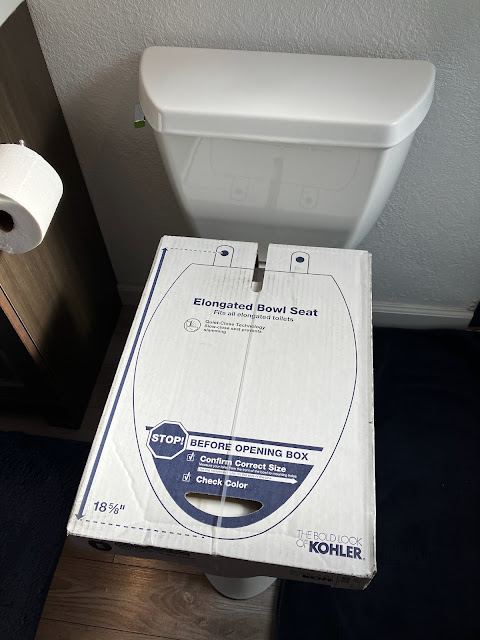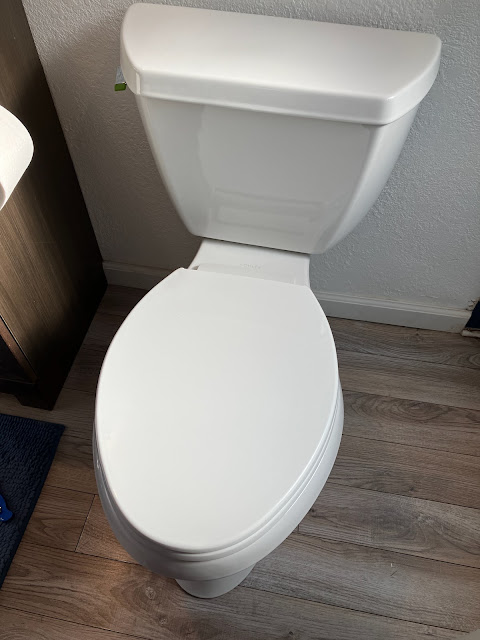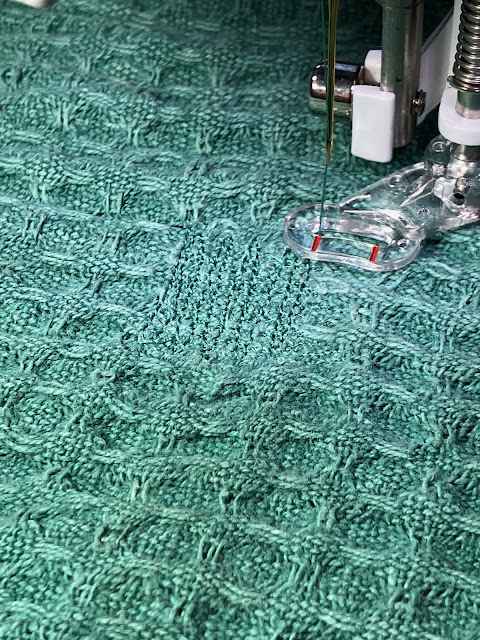So this is the terlet in the master bathroom.
There's nothing particularly wrong with it, except for, well...
That one thing that's particularly wrong with it. Specifically, the crack in the toilet seat lid. Not to mention that somehow, over the years, the lid itself has become somewhat brittle and crazed, which isn't ideal. I'm not sure what's caused that, as it doesn't get a ton of light through the one small window that this bathroom has.
This crack in the lid didn't happen on its own, though.
The hinge also shattered in the same incident where I was trying to swat an annoying housefly.
And to answer your question: No, I don't know why she swallowed a fly.
Anyway, I'd actually been considering replacing this seat already, so this makes for a convenient excuse to do so.
I wanted to get a soft-close seat, plus this model has some grippier bumpers where the front of the seat rests against the rim of the terlet bowl, so it should slide around a bit less too.
Now all I have to do is put the seat on the terlet.
Well that was easy, job done!
Ok maybe I should actually install it properly, I guess.
First step, take the old seat off, and expose years of dried-up, crusty grossness under the hinges.
Ew. It definitely feels satisfying to clean that off.
Then the new one simply screws into place with the included hardware, and finally I can enjoy the magic of the soft close mechanism.
Mmm, magical.
Now I won't accidentally shatter my own eardrums when I carelessly flip the lid closed after forgetting that it's the OTHER terlet that has the soft-close hinges on the seat.























